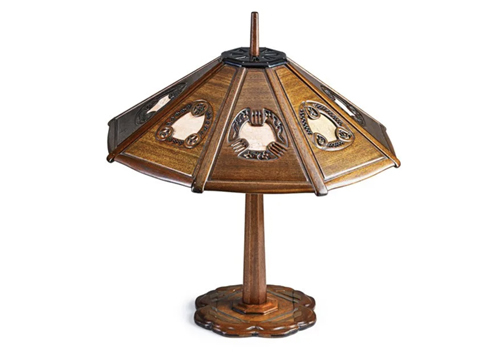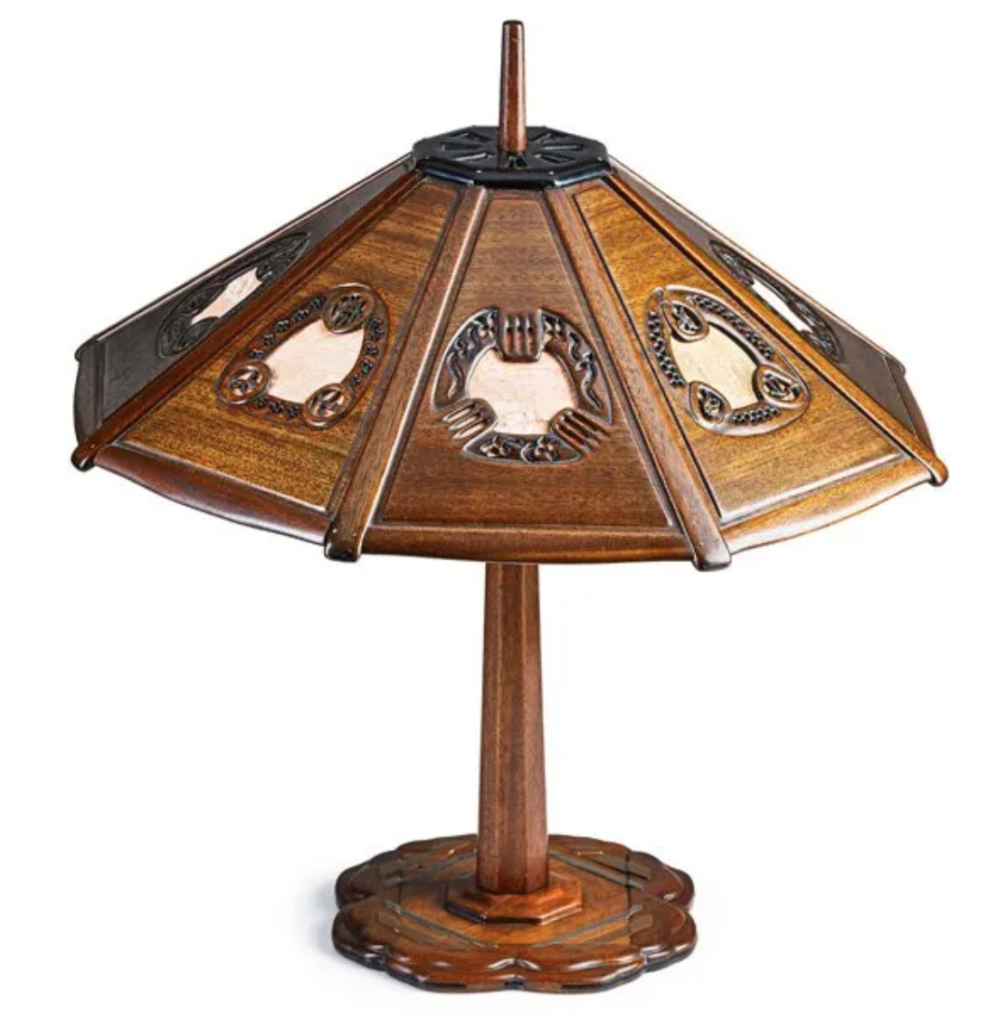
NEW YORK — Architect-designer brothers Charles Sumner Greene (1868–1957) and Henry Mather Greene (1870–1954) didn’t just exemplify the Arts and Crafts aesthetic but redefined it with their Japanese-influenced style that is still appealing a century later.
Dennis Carr, the Virginia Steele Scott chief curator of American art at The Huntington Library, Art Museum, and Botanical Gardens in San Marino, California, said not only has their architecture remained popular, but “many aficionados of their objects really appreciate the choices that they made in terms of design and materials.”
Not content to merely be architects who designed homes, the Greenes sought to create a total living environment that stretched from the gardens and the landscaping through the interior of the home. They designed furnishings specifically for clients’ homes, from lighting fixtures and windows to furniture and rugs. The Huntington recently reinstalled and reopened its Greene & Greene Gallery in the Virginia Steele Scott Gallery of American Art, in collaboration with the Gamble House Conservancy. On view are many Greene-designed objects, including stained-glass windows, lanterns, sconces, lamps, chandeliers, rugs and andirons, as well as furnishings. “It’s really a remarkable group of things, and we also have a period room from the Robinson House in Pasadena that is displayed with Greene and Greene furnishings,” Carr added.
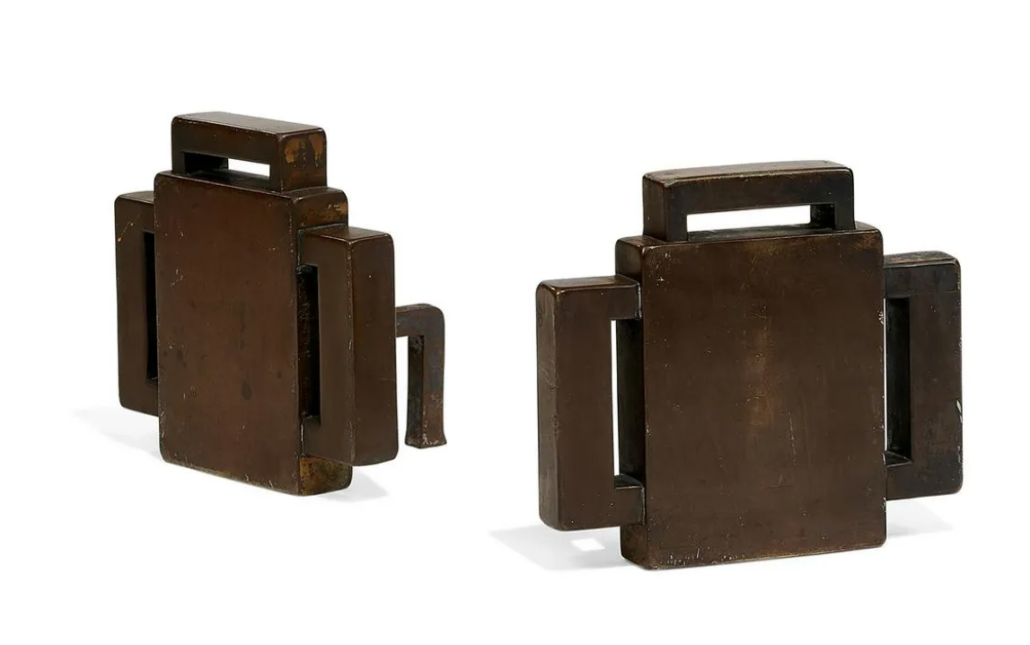
The Greenes married historic traditions of craftsmanship with innovation. Their interest in Asian materials served as a source of inspiration for both their architecture and the decorative objects they designed. “There is such a loveliness to the surfaces of all their things — whether they be architecture or furniture or interior fittings,” Carr said.
Studying on the East Coast, including at MIT, the Greenes apprenticed with several architects in the Boston area before heading to California at their parents’ request. Opening up an architectural practice in Pasadena in 1894, they designed homes mostly in Southern California. The structures known as their “ultimate bungalow” homes remain especially highly regarded today.
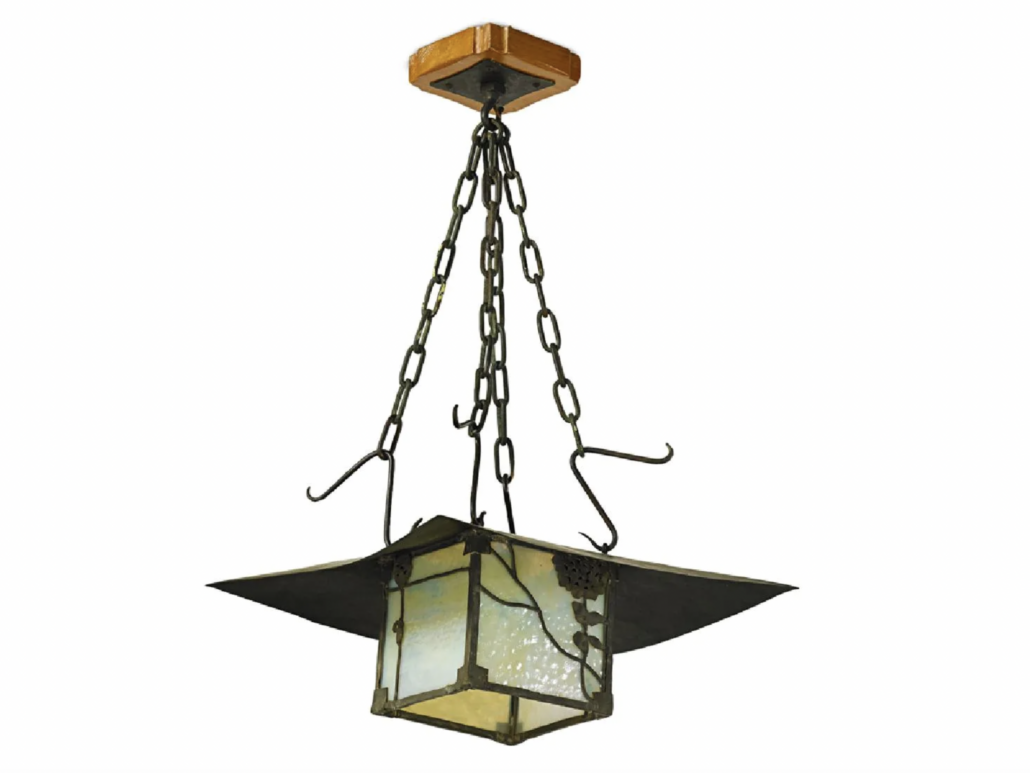
Among the celebrated homes the brothers designed was the Blacker House in 1907 in Pasadena, regarded as a sublime example of their Arts-and-Crafts-meets-Japanese-aesthetic architecture in its classical proportions and craftsmanship. In 1985, however, a new buyer nearly gutted the home of many features that made it special, from its art glass windows to custom-designed lighting fixtures. Many historically-minded people in the community were outraged, and as a result, Pasadena passed legislation to protect historic building interiors in the future. A 1912 table lamp from the Blacker House in mahogany with ebony, brass, silk and copper is unique for its inlay and cut-outs. Selling for $410,000 plus the buyer’s premium in October 2015 at Rago Arts and Auction Center, the lamp stands as the highest price achieved at an auction hosted on LiveAuctioneers for a Greene & Greene work.
The lamp is one of many original Greene-designed objects that collectors covet, with some bringing six-figure sums at auction. The fact that each piece was designed by the Greenes specifically for a particular home, instead of being made for production, makes them inherently rare. According to the Gamble House Conservancy website, the Greenes’ most creatively productive era, especially for furniture, spanned 1906 through 1912. “It was an intense time for the Greenes, who received roughly 150 commissions for residential dwellings and their furnishings,” the conservancy notes, adding that the brothers designed hundreds of individual furniture pieces. Reportedly, Charles took a seven-month break to rest up in England in 1909, leaving his brother to manage the business back in California.
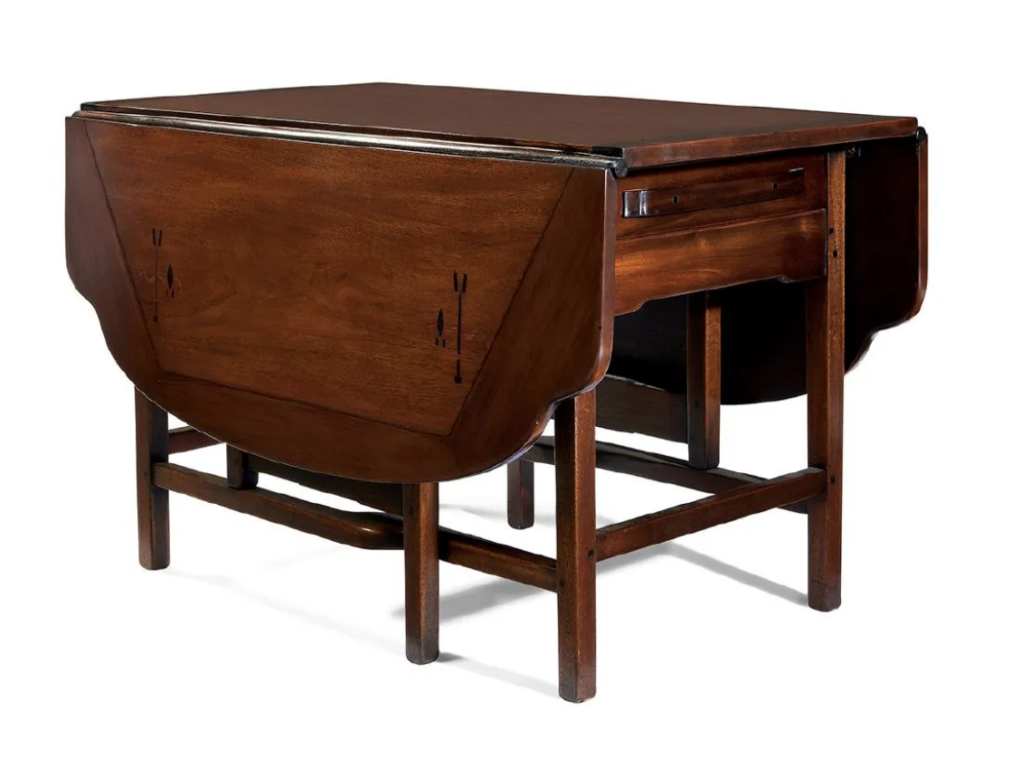
Even though their active career together was fairly short — their partnership ended in 1922 when Charles moved to Carmel, California — they were prolific.
Their furniture designs typically sell above their estimates at auction, especially if a piece has been exhibited or if the provenance to the home it was designed for is well established. A dining table, made for the Craftsman-style home of Dr. William T. Bolton-T. Belle Barlow Bush House in Pasadena’s Millionaire’s Row made $80,000 plus the buyer’s premium in December 2018 at Toomey & Co. Auctioneers. The 1906 mahogany table was the first commissioned work for which the Greenes used ebony inlay.
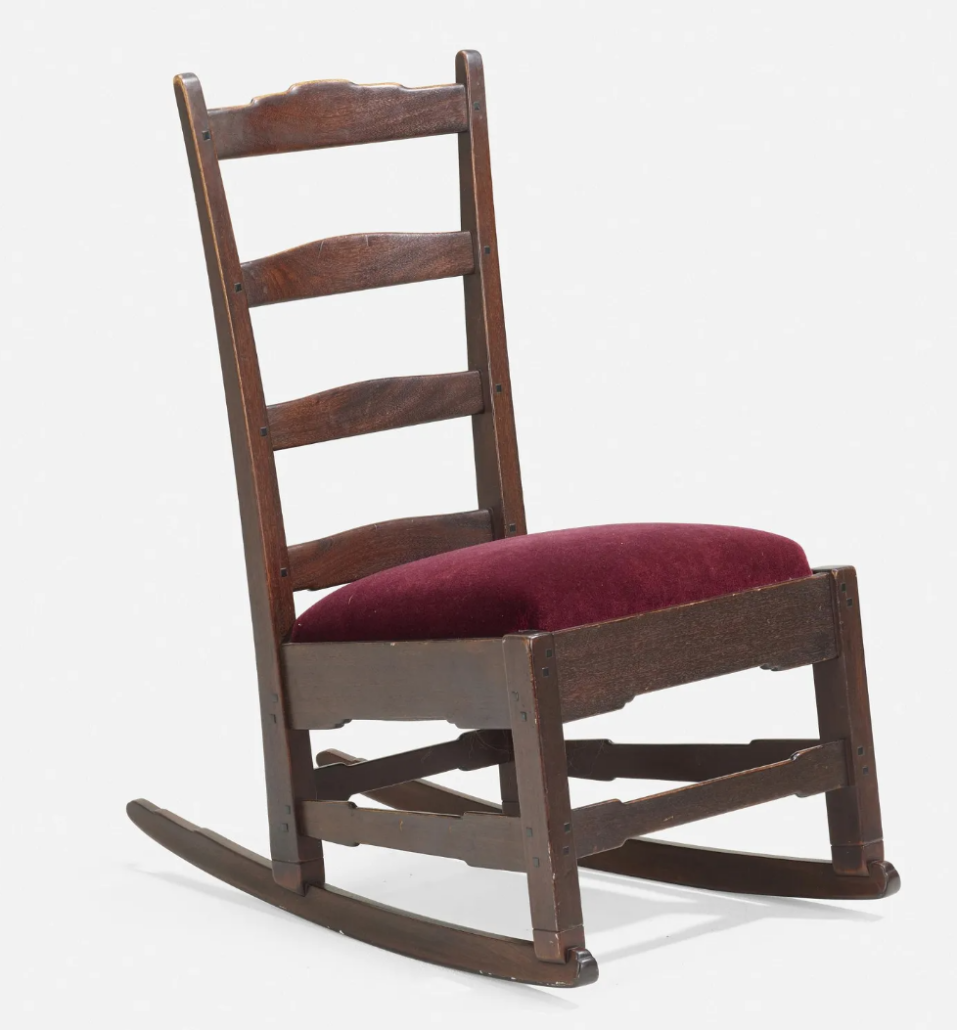
All their furniture reflected sensitive and thoughtful design choices. Greene & Greene designed for clients who could well afford this level of quality, and they spared no efforts in creating beautiful work that was artful yet functional. Details in designs were almost never repeated, and chairs, to name one example, were well-made and distinctive. A circa-1907 rocking chair in stained mahogany with velvet, also for the Bolton-Barlow Bush House, brought $19,000 plus the buyer’s premium in September 2020 at Rago Arts and Auction Center.
The Greenes designed the Robinson Home in 1905-06 for iron heiress Laurabelle Arms Robinson and her husband, attorney Henry M. Robinson. Care was taken to imbue this showpiece of a home with the gravitas befitting its owners. No detail was overlooked, not even the pair of patinated bronze and iron andirons for the fireplace, which sold for $30,000 plus the buyer’s premium in June 2021 at Toomey & Co. Auctioneers.
In their design of the total living environment, the Greenes saw more than a house and paid attention to finishes, choices of wood and materials, joinery and the way people would flow through the home. In doing so, they took the Arts and Crafts aesthetic to new heights. “They were drawing from these deep wells of traditions in Europe and, to a certain extent, in the United States but especially Asia,” Carr said. “They were combining them and rethinking these traditions in a way that would be suitable for lifestyles in Southern California.”


